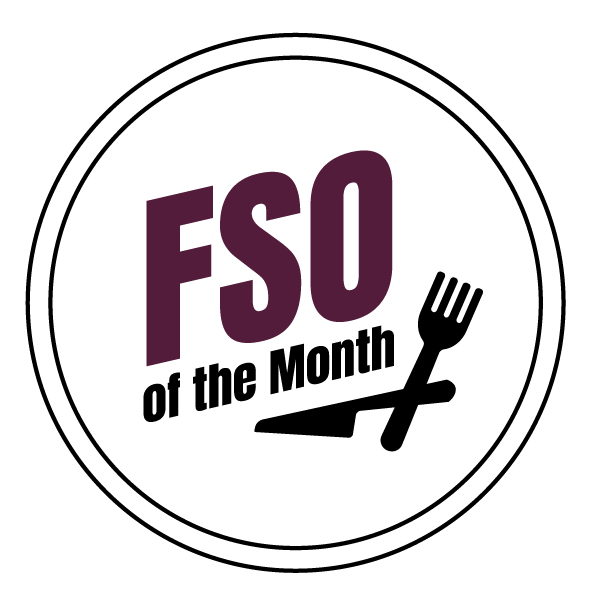
These innovative eateries are ones to watch.
When cross-utilization and cross-training come as second natureWhen cross-utilization and cross-training come as second nature
For operations looking to maximize supply, the team at John Knox Village has some ideas.
August 9, 2021

Supply is always top of mind for FSDs, from labor and food to the tools on hand, and that’s truer than ever during the COVID-fueled crunch. So it’s crucial that operations reap the full benefits of everything—and everyone—on hand.
That sort of cross-utilization has long been the way at John Knox Village senior-living facility in Lee’s Summit, Mo., says Director of Dining and Event Services Todd Hollander. Here are his best tips for maximizing your resources.
To start cross-utilizing ingredients, begin with the center of the plate.
This is Hollander’s best tip for operators who haven’t yet focused on cross-utilization. “Begin with just one protein, and you’ll start to get the hang of how it works without becoming overwhelmed,” he says.
For example, when Hollander joined John Knox, the operation was buying pre-shredded pork for specific entree options. Now they opt for a whole-pork product that they prepare in a variety of ways. Yes, it takes more labor, but the investment is well worth it— the pork can be served not only on its own, but also for tacos, a barbecue sandwich and even a pizza topping.
Cross-train employees for different concepts or related skillsets.
Like many operators during COVID, John Knox is short on labor and currently has 51 open positions. Hollander admits the foodservice operation didn’t cross-train much before, but the pandemic required it—and it’s proven highly beneficial.
“We have catering staff that is on-call for when we have some of the larger events,” Hollander says, which of course haven’t been in demand during the pandemic. “So they ended up picking up regular shifts at the restaurants during COVID, [and that] helps them and their families stay. [They can] actually make more than what they were making a catering because this was consistent work instead of the sporadic schedule.”

Photo courtesy of John Knox Village
Some of those staffers were laid off from full-time jobs outside of John Knox, and the operation was able to bring them in to fill holes at the village’s restaurants.
“That cross-utilization and cross-training through the concepts with different staff has really helped cut down on labor and helped us bridge that gap,” Hollander says.
Justify the cost of special servingware by using it for multiple dishes—but not too many.
Cross-utilization can extend beyond your inventory and staff to the literal dishes they use. Presentation is an important part of the dining experience, especially for customers like the residents of John Knox, and changing up the staid white plates once in a while can add real punch to a special dish. But buying serveware for just one offering simply doesn’t make sense.
One of Hollander’s chefs, for example, suggested buying rustic campfire-style bowls for an upcoming s’mores dessert. Hollander was intrigued but couldn’t justify the cost for a single special. So the team looked at the rest of the menu plans and thought about where else they could use them.
“Lo and behold, we had a pot pie coming up on the menu, and we could use it for both,” Hollander says. “That made it a lot easier to say yes.”
Still, overuse can suck the specialness out of unique presentations. Strike a balance between using the servingware enough to rationalize the cost, but keeping it scarce enough to make a real impact.
About the Author
You May Also Like




